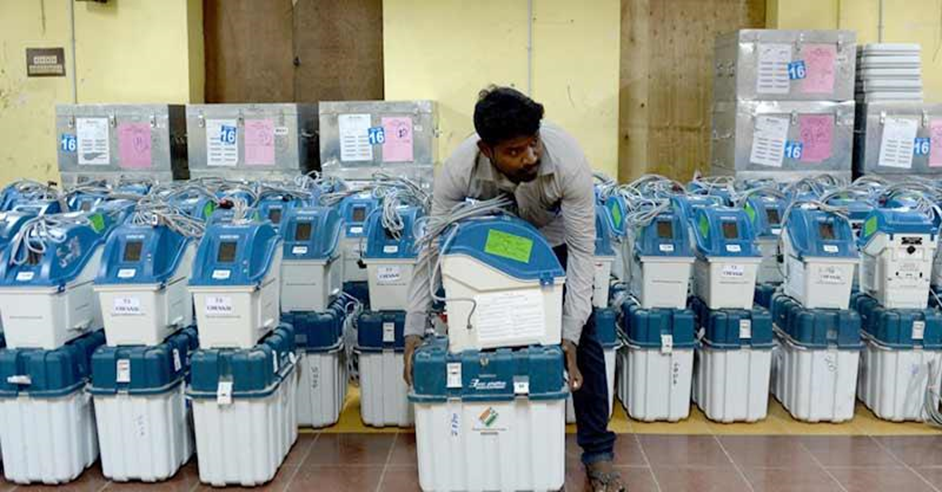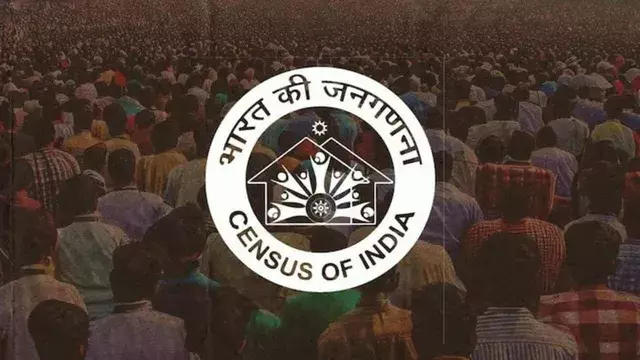- Courses
- GS Full Course 1 Year
- GS Full Course 2 Year
- GS Full Course 3 Year
- GS Full Course Till Selection
- Answer Alpha: Mains 2025 Mentorship
- MEP (Mains Enrichment Programme) Data, Facts
- Essay Target – 150+ Marks
- Online Program
- GS Recorded Course
- Polity
- Geography
- Economy
- Ancient, Medieval and Art & Culture AMAC
- Modern India, Post Independence & World History
- Environment
- Governance
- Science & Technology
- International Relations and Internal Security
- Disaster Management
- Ethics
- NCERT Current Affairs
- Indian Society and Social Issue
- NCERT- Science and Technology
- NCERT - Geography
- NCERT - Ancient History
- NCERT- World History
- NCERT Modern History
- CSAT
- 5 LAYERED ARJUNA Mentorship
- Public Administration Optional
- ABOUT US
- OUR TOPPERS
- TEST SERIES
- FREE STUDY MATERIAL
- VIDEOS
- CONTACT US
HISTORY OF EVMS & VVPATS
HISTORY OF EVMS & VVPATS
03-04-2024

The Supreme Court of India has sought response from the Election Commission and the Central Government on a petition seeking comprehensive counting of VVPAT slips during elections.
Transition from Paper Ballot System to EVMs:
- Before the introduction of EVMs, a paper ballot system was used in India, where voters cast their votes on ballot papers printed with the names and symbols of the candidates.
- Major issues associated with this system included invalid votes due to improper marking, ballot box stuffing, pre-marked ballots and manual counting errors.
Inception and Development of EVMs:
- Electronic Voting Machine (EVM) was first conceptualized by the Election Commission of India (ECI) in 1977.
- The work of designing and developing EVMs was entrusted to Electronics Corporation of India Limited (ECIL) in Hyderabad.
- A prototype was demonstrated in 1980, leading to consensus on its introduction.
- Subsequently, Bharat Electronics Limited (BEL) was brought on board to manufacture EVMs in collaboration with ECIL.
Initial Use and Legal Challenges:
- EVMs were first used in a limited capacity in the Paravur constituency of Ernakulam district during the 1982 Kerala Legislative Assembly election.
- However, the Supreme Court struck down that election due to the lack of any specific law allowing their use.
- Subsequently, the Representation of the People Act, 1951 was amended in 1989 to provide for the use of EVMs in elections.
Gradual Expansion and Nationwide Adoption:
- There was widespread consensus on the use of EVMs in 1998, resulting in their deployment in 25 assembly constituencies in three states: Madhya Pradesh, Rajasthan and Delhi.
- In June 1999 the entire state of Goa used EVMs to elect a new state assembly.
- In 1999 their use was extended to 45 parliamentary constituencies.
- In 2001, EVMs were used in all assembly constituencies in the states of Tamil Nadu, Kerala, Puducherry And West Bengal.
- Ultimately, in the 2004 Lok Sabha general election, EVMs were used in all parliamentary constituencies across the country.
Understanding EVM Technology and Components:
Electronic Voting Machines (EVMs) consist of 3 primary components:
- Ballot Unit (BU): Displays the names and symbols of candidates for voters to cast their votes.
- Control Unit (CU): Placed with the Presiding Officer, manages the voting process and coordinates with the Ballot Unit and VVPAT.
- Voter Verifiable Paper Audit Trail (VVPAT): An independent system that generates a paper slip showing the serial number, name, and symbol of the chosen candidate, allowing voters to verify their votes.

Introduction of VVPAT:
- The Government of India notified the amended Conduct of Elections Rules, 1961 on August 14, 2013, enabling the Election Commission to use VVPATs along with EVMs.
- VVPAT was first introduced on September 4, 2013 in the by-election for Noksen assembly constituency of Nagaland.
- VVPAT is designed to provide voters with a physical record of their votes, increasing transparency and verifiability.
- The printed paper slips are stored in a sealed drop box of the VVPAT for possible manual verification if required.

Supreme Court's Directive on VVPAT Verification:
- In April 2019, the Supreme Court directed the Election Commission to increase the number of EVMs undergoing VVPAT verification per assembly constituency from one to five in the parliamentary constituency.
- The objective of this directive is to ensure greater accuracy and transparency in the electoral process.
Must Check: Best IAS Coaching In Delhi



